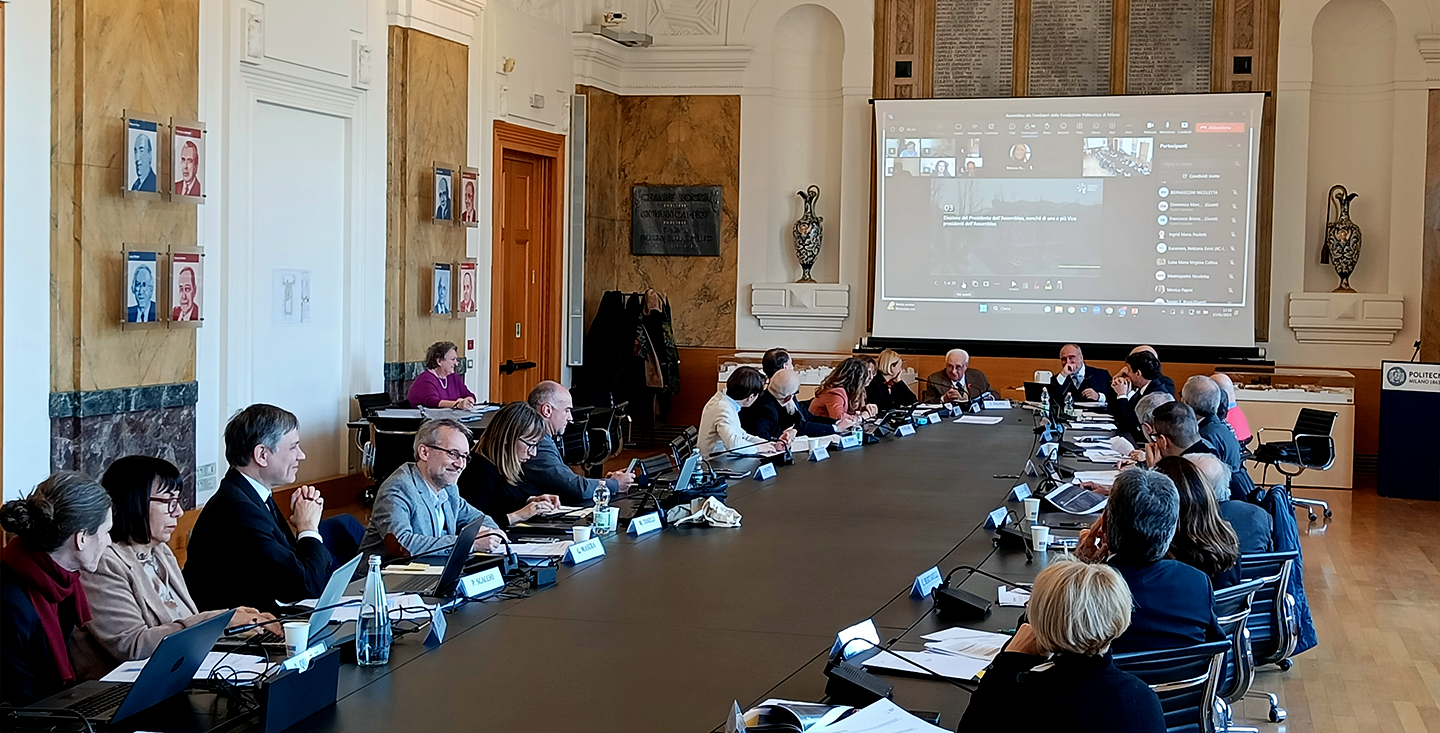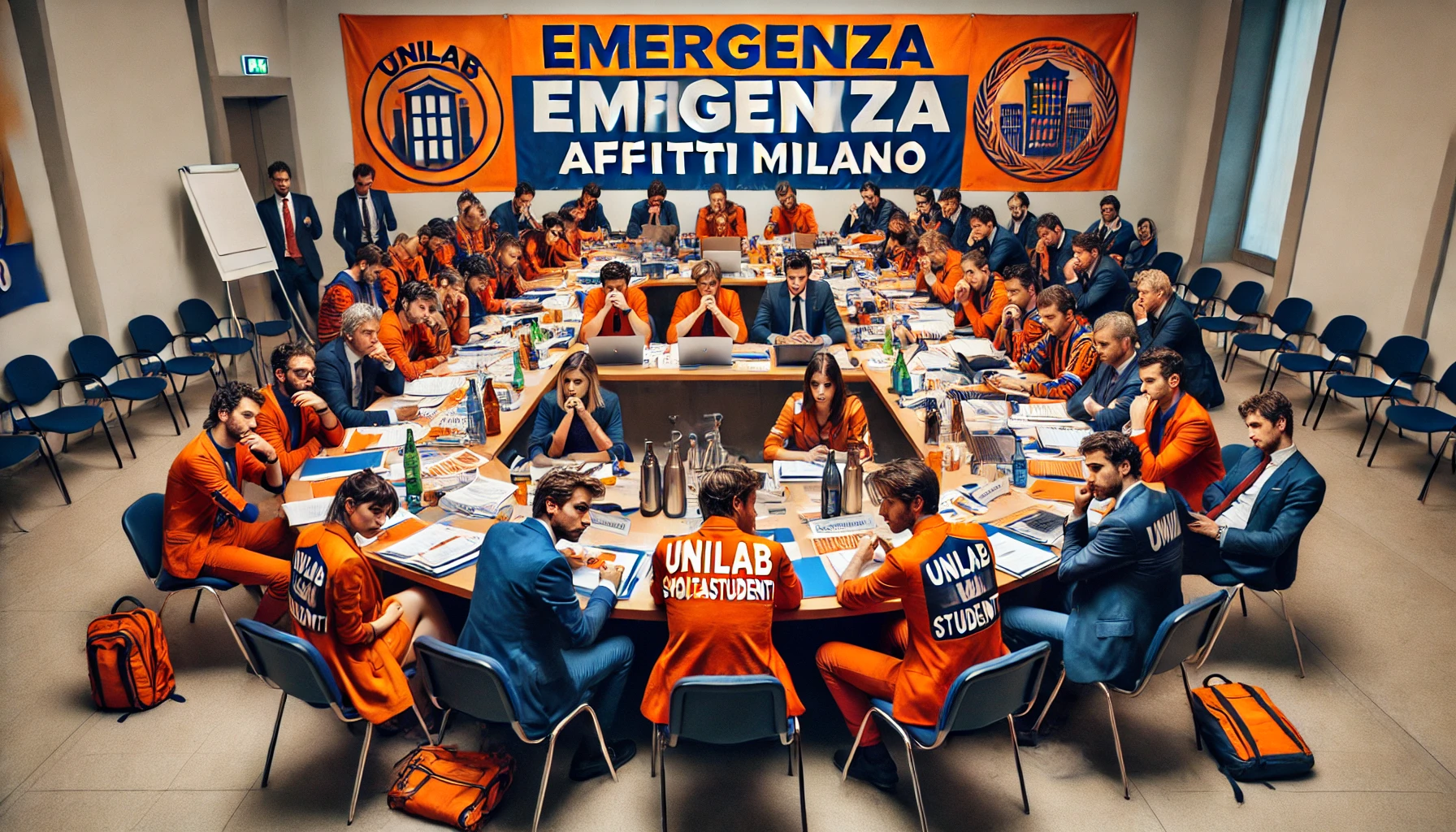The continuous update about the number of victims of the earthquake in Abruzzo is dramatic and the bitterness is even stronger just now that the news of the extraction of a last body, that of a student, from the rubble of the Student House arrives.
We must learn from experience to contain the tragic effects of phenomena like these: for this reason I bring you an article from Corriere.it containing the interview with Prof. Chesi, professor of Construction Science at the Poli, so that we can inspire our future profession to respect the rules and legality.
L'AQUILA – Anti-seismic prescriptions completely ignored in the last 40 years. This makes us think, according to Claudio Chesi, professor of construction science at the Polytechnic of Milan, the consequences of the earthquake in Abruzzo.
Often, he explains, you save on concrete, or on anti-seismic design which is very expensive. "In the execution of the works – explains Chesi – a problem of savings can escape, often the quality of the concrete is very low.
But even at the design level sometimes there is some problem, because a well-made anti-seismic design involves a high cost».
Even reinforced concrete, underlines the expert, "in itself is not a guarantee. What matters is the design criterion. Reinforced concrete reinforcements must contain a certain number of bars, correctly sized."
Of course, he points out, it is understandable that the oldest buildings have suffered significant damage. But it is much less so for others: "One wonders – he underlines – if for the buildings built in the last 40 years the anti-seismic prescriptions have not been completely ignored".
"However, it is necessary to distinguish – underlines Chesi – between the collapsed buildings and those only damaged". The anti-seismic criteria, he explains, aim first of all to keep the structures standing, to prevent people from being trapped under them, and not to avoid damage in general.
The hospital of San Salvatore, however, was not just any structure. The health facility should not only have remained standing, but should also have remained fully efficient.
"The fact that it has suffered extensive damage means that there were some problems," comments Chesi. The new government house plan, continues the professor, could represent an opportunity to make overall checks on the buildings, but "we must be very cautious. The added masses must not increase vulnerabilities, we must be careful."
The attention of engineers is growing with respect to this problem: "A few weeks ago – he says – in Parma a course of the order on anti-seismic techniques had a hundred participants.
But it would take – he underlines – just as much attention also in the world of those who realize, so that these efforts should not be frustrated".




